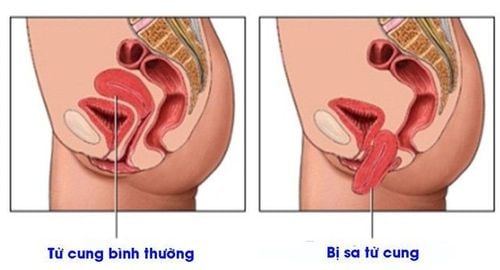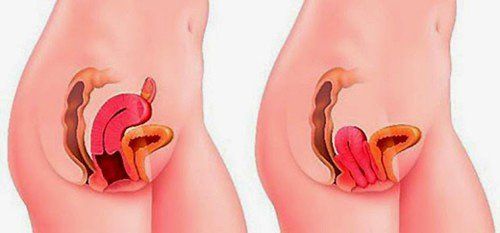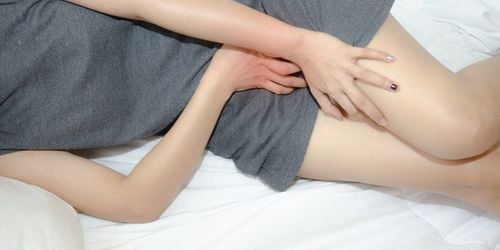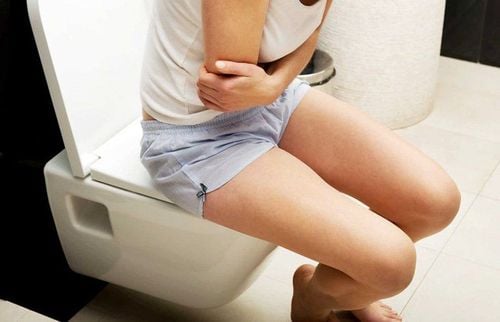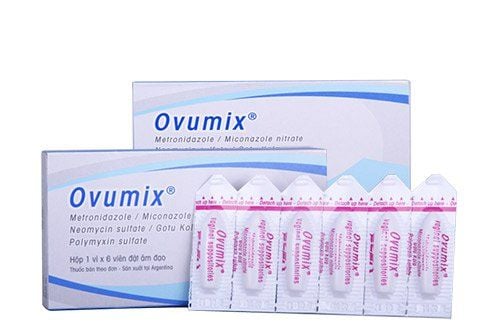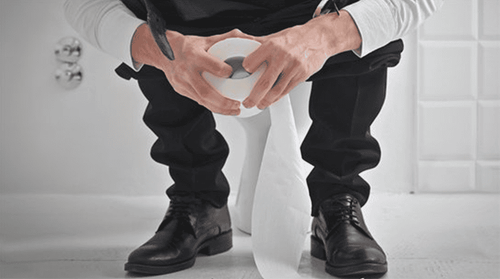This is an automatically translated article.
The article was professionally consulted by Specialist Doctor I Nguyen Thi Man - Department of Obstetrics and Gynecology - Vinmec Danang International General Hospital. The doctor has more than 10 years of experience in diagnosing, consulting and treating in the field of Obstetrics and Gynecology.Genital prolapse is a fairly common disease in women after giving birth, especially women who do heavy jobs, have had many children, or have not had safe and proper births in the past. Genital prolapse in postpartum women occurs in many degrees, depending on the position of the cervix relative to the vulva. This is not a life-threatening disease, but it greatly affects women's activities and work.
1. What is genital prolapse?
Genital prolapse is a condition in which the uterus descends into the vagina or prolapses completely outside the vulva, it is often accompanied by prolapse of the anterior vaginal wall and bladder or the posterior wall of the vagina and rectum. This pathology accounts for 5-8% of common diseases in postpartum women aged 40-50 years or older.Genital prolapse is mainly seen in postpartum women, sometimes genital prolapse in people who have never given birth. Usually simple uterine prolapse, the cervix is long, protruding outside the vagina, the vaginal wall is not prolapsed.
Depending on the degree of genital prolapse, there are different treatment indications.
2. Causes of genital prolapse in women after giving birth
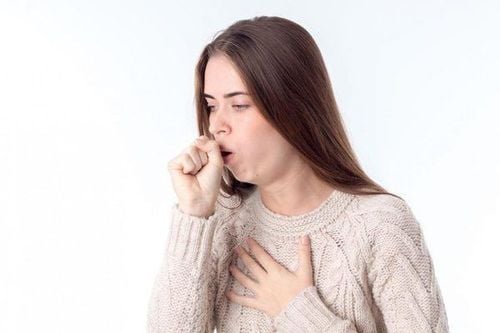
Women having multiple births, having a thick birth, not being delivered safely and technically, tearing the perineum without stitches. Women who do heavy labor or work too soon after giving birth increases abdominal pressure, pressing on the soft perineum, causing genital prolapse in women after childbirth. Causes of frequent increase in intra-abdominal pressure: carrying, carrying heavy burdens, chronic constipation, prolonged coughing, street vendors often sitting on the roadside... Nutritional disorders in the elderly , the suspension and support system of the uterus is weakened. In addition, it may be due to congenital anomalies in people who have never given birth.
3. Degrees of genital prolapse in postpartum women
Based on the prolapse position of the cervix relative to the vulva, genital prolapse is divided into 3 degrees:Genital prolapse grade I:
Cervical prolapse in the anterior vaginal wall, accompanied by bladder prolapse. Cervical prolapse in the posterior wall of the vagina, if prolapsed a lot, the rectum will prolapse. The cervix prolapses low into the vagina but does not reach the vulva. Genital prolapse II:
Cervical prolapse in the anterior wall of the vagina and bladder. Cervical prolapse in the posterior vaginal wall, possibly with rectal prolapse. Cervical prolapse vulva. Grade III genital prolapse:
Cervical prolapse in the anterior wall of the vagina and bladder. Cervical prolapse in the posterior vaginal wall, possibly with rectal prolapse. Uterus, cervix prolapse low, cervix completely prolapse outside the vulva.
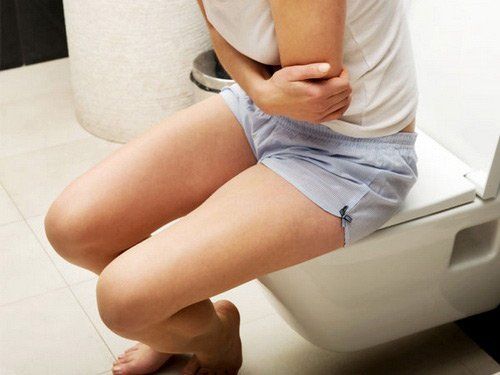
The cervix is often ulcerated, enlarged due to long-term rubbing with the patient's pants. The uterus often shrinks due to the aging of menopause, but in some cases there may be uterine fibroids or ovarian cysts combined. The patient's perineum often has an old tear that is not sutured at 6 o'clock, the perineal muscle is soft and weak. In some cases, there are bladder stones, cystitis, bladder bleeding - the result of long-term urine stagnation due to the urethra being folded.
4. Prevention of genital prolapse in postpartum women
Women should not give birth too early, the best reproductive age is between 22 and 29 years old because this is the fertile period of women, the body parts have not been degraded and are easy to recover. When giving birth, should be served by qualified medical staff, not to prolong labor. If the perineum is torn during childbirth, even a small one must be sewn up. After giving birth, you should not work too early and too hard, you need to rest enough time to let the muscles and ligaments in the perineum contract again, 3 months after giving birth is the best time for postpartum women to start laboring. return to normal. Avoid continuous heavy labor or have to change positions to rest and relax when working in a standing position and walking too much. Eat well, exercise in moderation, exercise regularly to increase the flexibility of muscles in general and the muscles of the perineum (exercise light exercises or consult a doctor). . Giving birth too much, giving birth too thick, unsafe cesarean section are some of the causes of genital prolapse in postpartum women. Therefore, in order to prevent this disease, do not leave too much, give birth too thick, need to give birth in a place with safe delivery conditions, and deliver birth with the right technique. Obstetric procedures must be performed according to indications, correct techniques and qualified to avoid trauma to the vagina and perineum. It is necessary to detect and treat early chronic diseases that cause frequent increase in intra-abdominal pressure (permanent constipation, prolonged cough...) which are the causes of genital prolapse.Please dial HOTLINE for more information or register for an appointment HERE. Download MyVinmec app to make appointments faster and to manage your bookings easily.





